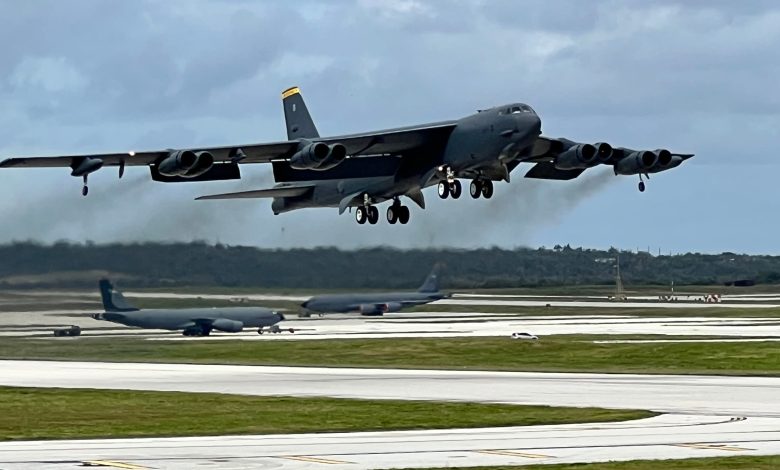Air Force says restoring nukes on some B-52s would cost $4.5 million

DAYTON, Ohio — The Air Force estimates it would cost about $4.5 million to restore nuclear weapon capabilities on approximately 30 B-52 bombers, a calculation that follows proposals from Congress to assess shoring up the U.S. nuclear weapons arsenal in the coming years.
The House and Senate armed services committees included the recommendation in their respective defense policy bills for fiscal 2025. The bombers in question had previously been equipped with the ability to carry nuclear weapons but were converted to conventional aircraft about 10 years ago to comply with a key U.S.-Russia arms control treaty known as New START.
That agreement, which sets limits on both countries’ nuclear arms capabilities, is set to expire in 2026. Proponents of the recommendation say that serious negotiations with Russia aren’t likely and the U.S. needs to prepare for a future without the same restrictions.
Brian Knight, deputy senior materiel leader in the Air Force’s B-52 bomber program office, said Tuesday the service is prepared to meet the timelines proposed in the bill, which calls for the conversions to begin within a month after the treaty limits lift in 2026. The process is estimated to be completed by 2029.
“The work itself, I’m not going to get into the details other than to say, we know how to do it and it’s relatively easy,” he told reporters during an Air Force Life Cycle Industry Day conference in Dayton, Ohio.
The Air Force operates a fleet of 76 B-52s, which have been in operation since 1976. The bomber was designed to carry nuclear and conventional weapons, but in 2015, the service modified 30 aircraft to a conventional-only status under New START.
Opponents of the policy proposal — including the House Armed Services Committee’s top Democrat Rep. Adam Smith of Washington — worry that making plans now to increase the U.S. nuclear stockpile could complicate future treaty negotiations.
Smith said in June, when the House’s bill passed, that the conversion process could interrupt ongoing efforts to modernize the aging B-52 fleet, which is on track to get a slate of upgrades in the coming years to keep it flying into the 2050s – and potentially until 2060.
“The Department of Defense is not interested in doing this,” Smith said. “They’re currently trying to extend the life of the B-52s out to 2050, which they think they can do. This would be another expense to that.”
Knight said the service could likely perform the conversions during planned depot maintenance. Brig. Gen. Erik Quigley, the service’s program executive for bombers, said in the same briefing this week that while the workload would be manageable, it would require some adjustments to the program’s depot schedule, which is usually set two years in advance.
“It would just take some planning to make sure that we got that into the flow,” Quigley said.
Courtney Albon is C4ISRNET’s space and emerging technology reporter. She has covered the U.S. military since 2012, with a focus on the Air Force and Space Force. She has reported on some of the Defense Department’s most significant acquisition, budget and policy challenges.







